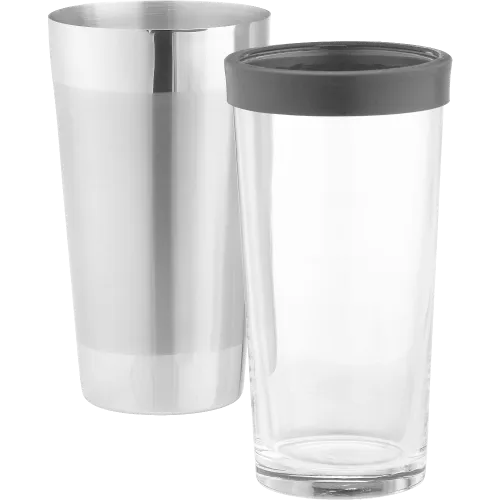
reseasoning cast iron skillet
The Art of Reseasoning a Cast Iron Skillet
Cast iron skillets are beloved kitchen staples, cherished for their durability and exceptional heat retention. However, over time, they can lose their non-stick properties due to wear and tear, improper cleaning, or even rust. Reseasoning your cast iron skillet is a simple yet essential skill that ensures your cooking companion remains in top condition. This guide will walk you through the steps necessary to effectively reseason your cast iron skillet, reviving its performance and extending its lifespan.
Why Reseasoning is Necessary
The seasoning of a cast iron skillet refers to the layer of polymerized oil that bonds to the iron surface. This layer not only creates a non-stick surface but also protects the skillet from corrosion. Factors such as cooking highly acidic foods, washing with soap, or leaving it exposed to moisture can degrade this seasoning. Consequently, reseasoning helps restore the skillet’s protective layer, enhancing its cooking performance and longevity.
Preparation Cleaning the Skillet
Before you start the reseasoning process, it's crucial to clean your skillet thoroughly. If your skillet is heavily used and has a significant buildup of food residue and rust, you may need to take extra measures.
1. Scrub the Skillet Use a stiff brush or a non-metal scouring pad to scrub off any food particles and rust. If necessary, you can use a mixture of coarse salt and vegetable oil as a gentle abrasive. 2. Wash with Soap Although traditional wisdom suggests avoiding soap, if your skillet is particularly grimy, it’s okay to use a small amount to help cleanse it thoroughly. Rinse well with hot water afterward.
3. Dry Completely After washing, immediately dry the skillet with a clean cloth or place it on low heat on the stove for a few minutes to evaporate any moisture. Cast iron is prone to rusting if any water is left on the surface.
Reseasoning the Skillet
Now that your skillet is clean and dry, it’s time to reseason it. Follow these steps for optimal results
1. Choose Your Oil Different oils have different smoke points, which affects the seasoning process. Flaxseed oil is often recommended for its high smoke point and ability to form a durable layer. Other suitable oils include grapeseed oil, canola oil, or vegetable oil.
reseasoning cast iron skillet

2. Apply a Thin Layer Pour a small amount of oil onto the skillet and use a paper towel to spread it evenly across the entire surface, including the handle. The layer should be very thin—excess oil can lead to a sticky surface.
3. Bake the Skillet Preheat your oven to 450°F (232°C). Place the skillet upside down on the middle rack of the oven to prevent oil pooling in the skillet. To catch any drips, place a baking sheet or aluminum foil on the lower rack.
4. Bake for an Hour Allow the skillet to bake for approximately one hour. This process allows the oil to polymerize and create a strong, non-stick layer.
5. Cool Down After an hour, turn off the oven and let the skillet cool inside with the door closed. This gradual cooling helps to set the seasoning.
Maintaining Your Seasoned Skillet
Once your skillet is reseasoned, proper maintenance is key to keeping it in excellent condition
- Avoid Soap and Soaking Try not to soak the skillet or use soap regularly. Instead, wipe it clean with a paper towel or rinse it with water and use a brush as needed. - Dry Immediately Always dry the skillet right after washing to prevent rust.
- Regularly Reseason Depending on usage, consider reseasoning your skillet every few months or when you notice food starting to stick.
Conclusion
Reseasoning a cast iron skillet is a straightforward process that can reinvigorate your cooking experience while protecting your investment. By following the steps outlined, you can maintain the rich tradition of cooking with cast iron, ensuring meals are not only delicious but also a joy to prepare. Remember, a well-seasoned skillet can be a family heirloom, passed down through generations—so take the time to care for it!
-
Season Cast Iron Perfectly with GPT-4 Turbo TipsNewsAug.01,2025
-
High Quality Cast Iron Cookware - Baixiang County Zhongda MachineryNewsAug.01,2025
-
Premium Cast Iron Pan: Durable & Perfect HeatNewsAug.01,2025
-
High Quality Kitchen Durable Black Round Cast Iron Cookware Pancake Crepe Pan-Baixiang County Zhongda Machinery Manufacturing Co., Ltd.NewsAug.01,2025
-
Cast Iron Cookware - Baixiang County Zhongda Machinery | Nonstick, Heat ResistanceNewsAug.01,2025
-
High Quality Kitchen Durable Black Round Cast Iron Cookware - Baixiang County Zhongda Machinery | Non-Stick, Heat Retention, DurableNewsJul.31,2025


